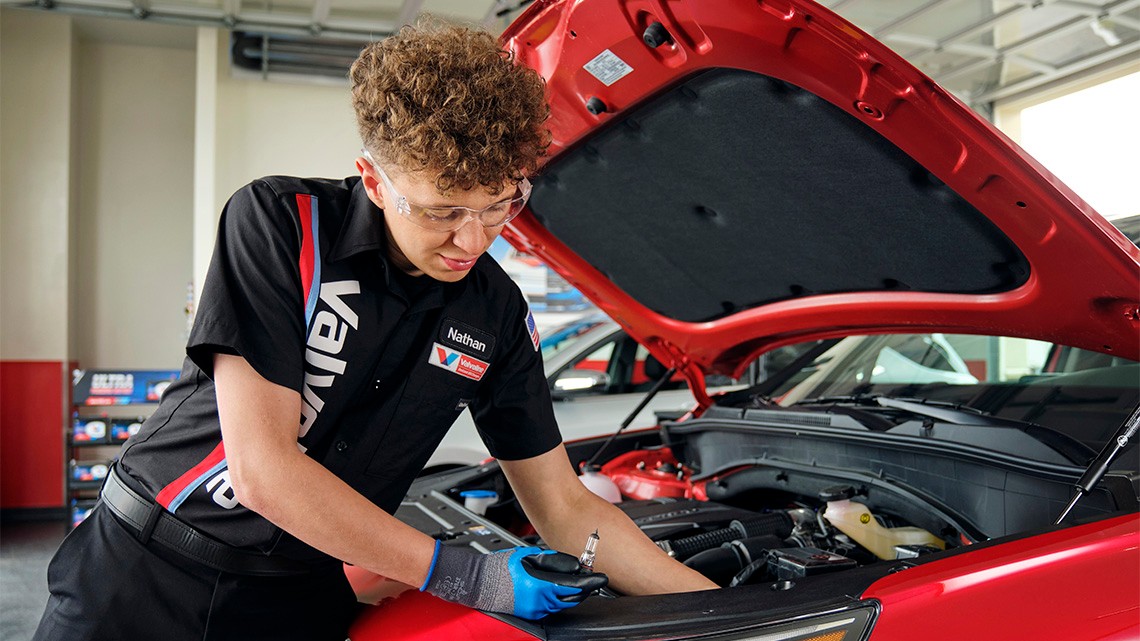Staying Fit


At age 72, tour guide Adeodata Czink regularly finds herself driving her 2018 Toyota Corolla, showing clients around Toronto and the Niagara Falls area. And she has no plans to change her routine anytime soon based on her age. “I would be very, very upset if some youngster comes up to me and says that he has the right to take away my keys just because I have reached a certain age,” she says.
But that doesn’t mean she hasn’t begun to modify her schedule. She tries to avoid driving at night, starting her tours at 7:30 a.m. so that she can finish her workday before it gets
dark,
since she finds navigating at night more challenging now. Czink also watches the weather closely: “I find that when it rains and starts to get dark, it is quite uncomfortable. I do my best to avoid it.”


AARP Membership— $12 for your first year when you sign up for Automatic Renewal
Get instant access to members-only products and hundreds of discounts, a free second membership, and a subscription to AARP the Magazine.
Indeed, car-safety and geriatric experts say that while it may not be necessary to give up your keys because of your age, you should recognize that your abilities change with the passing years and scale back on driving accordingly.
Above all, stay alert to warning signs: If you’re starting to drive over curbs, miss signs, lose your way on familiar routes, get confused at highway exits or have accidents, you should have your vision checked and speak frankly with your doctor.
Like Czink, many older people self-regulate by slowly cutting back on their driving, says Sharona Hoffman, a professor of law and bioethics at Case Western Reserve University and author of Aging With a Plan: How a Little Thought Today Can Vastly Improve Your Tomorrow. As drivers age, they often begin to avoid interstates, sticking to slower-paced surface streets. “Merging on to a highway can be very difficult,” Hoffman notes. “It’s scarier because everyone’s going faster.”
Hoffman suggests that older folks periodically get an independent review of their performance, arranging to have a child or relative join them on an outing and give feedback. If that’s uncomfortable, she recommends having an occupational therapist offer an assessment. Sometimes the problem can be medication, such as interactions between different drugs, which may dull reaction time and perception.
But changes also occur because, like a car, the human body simply begins to wear down after many years of use. The main issues include:
Declining vision


One of the most notable areas of concern is the eyes. Experts say vision shifts several times as we age from our mid-40s to our 70s. About 10 years after needing reading glasses, men and women may begin to have trouble detecting moving objects, seeing well in the dark and driving when there's glare.
Then, at around age 70, people have difficulty seeing fine details, says Lauren Fix, a race car driver and automobile educator, who writes on her site, LaurenFix.com.




































































More on auto
Keep Driving Safely as You Age
How to maintain your skills behind the wheel for as long as possible